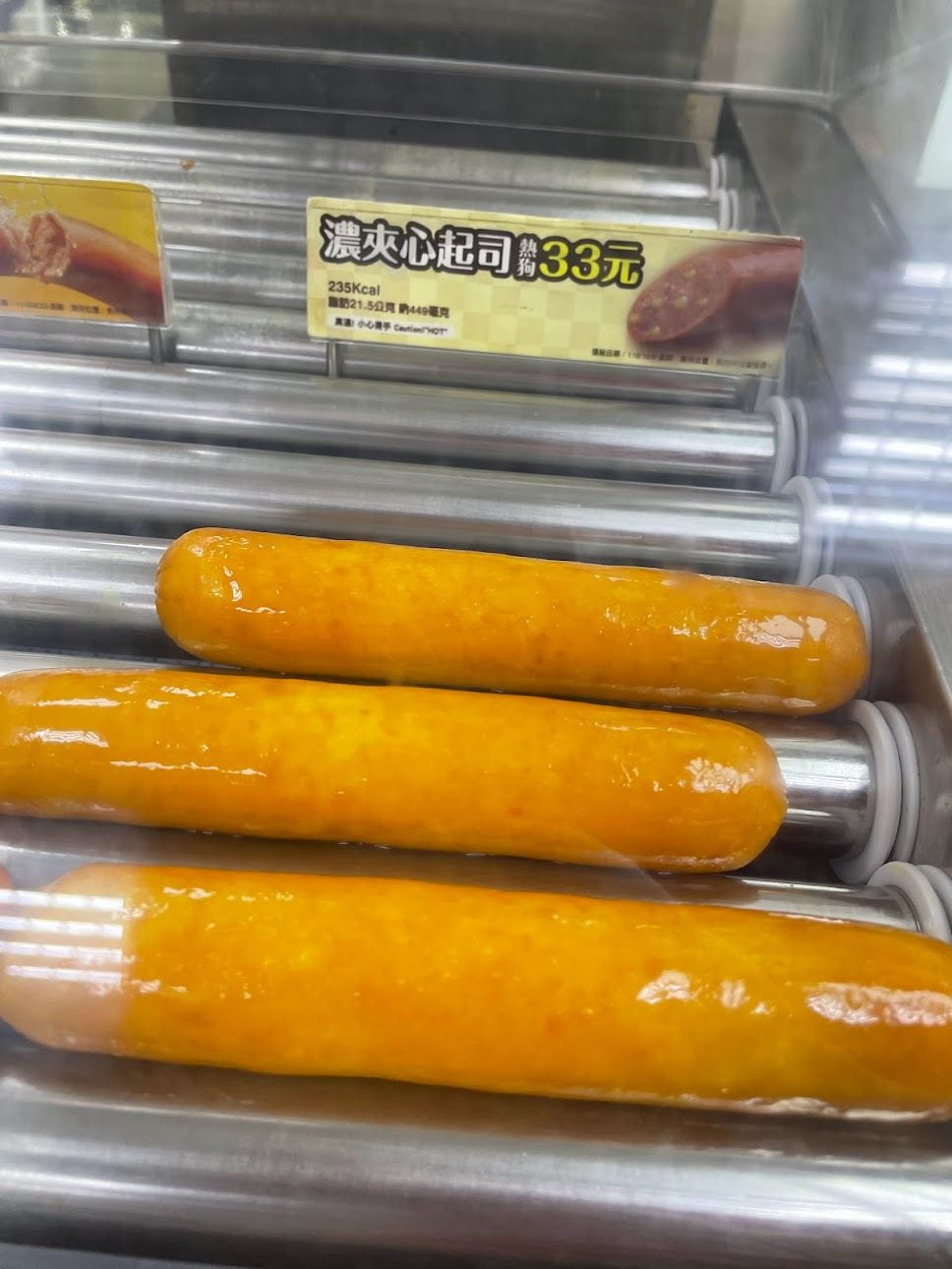Getting Around
Before coming to Chandigarh, I was very worried about how I would travel from place to place. As an American residing in Washington, D.C. I will say that while I tried to walk as much as I could Chandigarh isn’t a particularly walkable city. As a result, I recommend using rideshare services in metropolitan areas such as Chandigarh instead of public transport. Rickshaws are widely available, but I found InDrive and Uber to be the most reliable ways to travel in Chandigarh. InDrive is essentially the Indian version of Uber, but there are less safety features. On Uber, you are given an OTP verification pin that you must verbally relay to the driver before the driver is able to begin the ride.
InDrive has much less accountability for its drivers, so the only information you have about the driver is their license plate number and their name. In addition, I’ve noticed that many family members may use the same InDrive account so the profile may not always match, or the license plate does not. In these cases, you must weigh the situation and decide whether to proceed with the ride. However, it is difficult to connect an international credit card to Uber and because there are less Uber drivers than InDrive drivers in the area, it takes much longer to get a confirmed ride. Generally, my rule was to take InDrive during the day and Uber at night. It is safe to use rideshare services alone during the day, but I would plan accordingly to be home before dark if you are alone just to be safe. I never had an Uber or InDrive driver in my time in Chandigarh that made me feel unsafe, but always remain vigilant and aware of your surroundings, especially as a lone female.
International Credit Cards
While I was under the impression that my United international credit card would work in India, I quickly realized that this was not the case. Due to the security levels of foreign credit cards being lower, you often can’t use them in India. There were exceptions to this, for example, cafes such as Blue Tokai and Nomad in Chandigarh accepted foreign credit cards because foreigners often visited their establishments. In addition, I was also able to use my credit card in McLeod Ganj and Dharamshala in Himachal Pradesh because they were tourist destinations that received many foreigners, particularly Israeli tourists. However, as a rule, carry two to three thousand rupees in cash on you when going out for the day because you can never be sure where your credit card will or won’t be accepted. Make sure some of this cash is constituted by smaller bills, such as ten-, twenty-, fifty-, and hundred-rupee bills if a vendor doesn’t have much change. While the most used electronic payment forms in Chandigarh seem to be PhonePe and PayTM, I would try to set up Google Pay because PhonePe and PayTM require an Indian phone number and bank account.
Getting Sick
Due to the difference in water and food, you will likely often have stomach issues throughout your trip. As a result, I suggest keeping the following remedies to treat yourself as needed. Pour a spoonful of Isabgol (Psyllium) in water and drink a full glass before eating anything for the day or 3-4 hours after eating if you are having constipation or diarrhea, it helps regulate your body’s stool production. If you have a bacterial infection that is causing loose bowel movements, then a three-day course of Azithromycin antibiotic will clear it up. If you are dehydrated, pour a spoonful of Oral Rehydration Salts in your water and drink throughout the day. All these remedies are available over the counter at your local chemist, which is the American equivalent of a pharmacy.
Phone Plan
While I paid for a Verizon international phone plan, I would also invest in a Jio or Airtel Wi-Fi dongle. These portable dongles provide 24-hour Wi-Fi as long as you carry the palm-sized dongle in your pocket or bag after charging it at night. The combination of the Wi-Fi dongle and phone plan made sure I was never without the ability to call or message others in the case of an emergency phone number. On a slightly less serious note, I suggest getting a temporary Indian phone number if possible. For food or package delivery, an Indian phone number is usually necessary, and if you are used to the convenience of Grubhub and UberEATS or Amazon in the US, then you will most likely make use of apps such as Zomato for food and Flip Kart for packages.
Simran Bhathal, B.A. in International Affairs 2025
Sigur Center 2023 Language Fellow
India

















